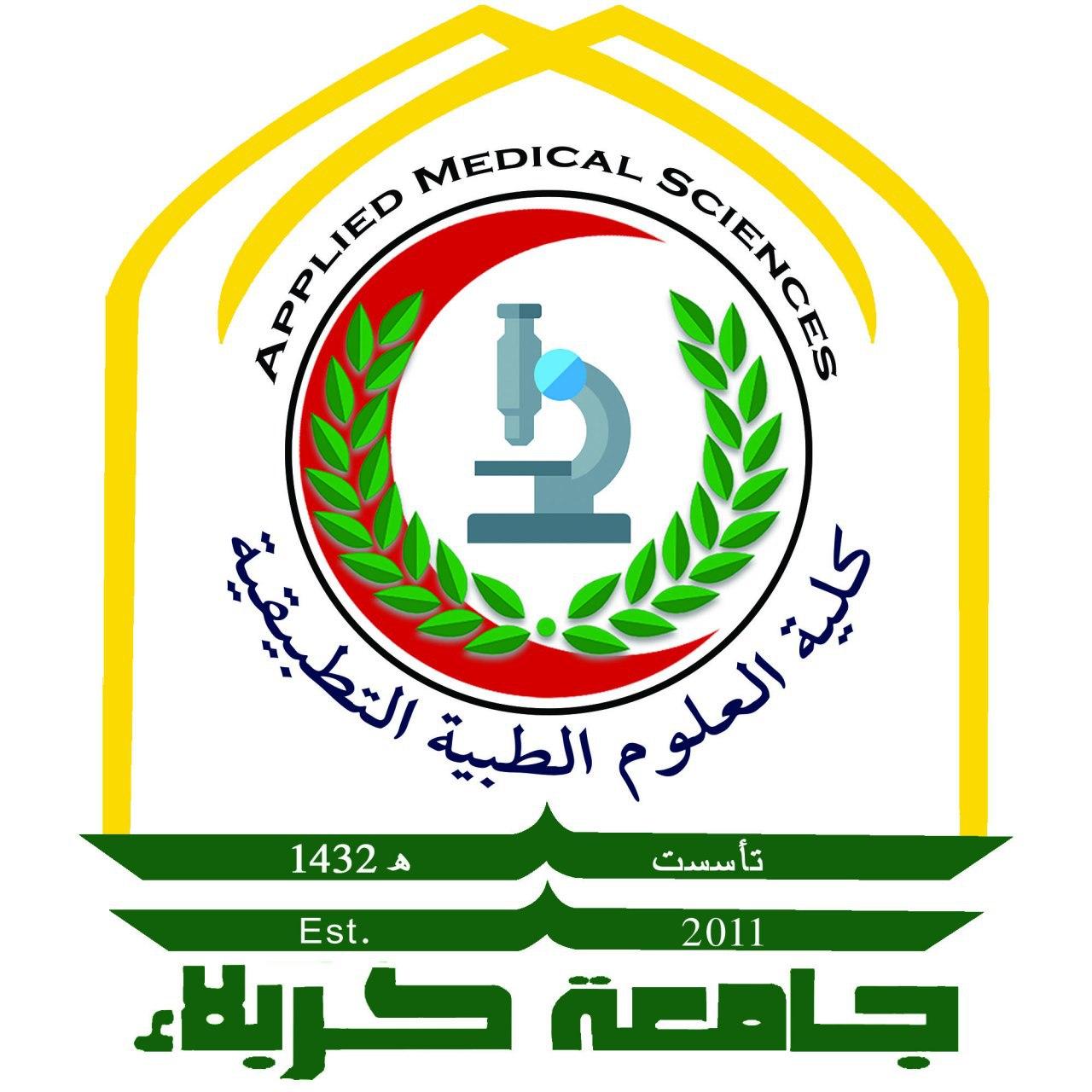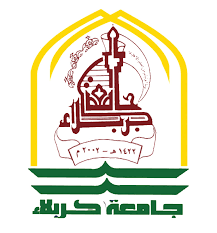Amer Ali Hammadi 1 , Jasim A. Abdullah 1 and Hadeel Adnan Abed 1
1 Clinical Laboratories Department, Applied Medical Sciences College, Karbala University, Iraq.
ABSTRACT Objective: The present study aims to determine the inhibitory efficiency for peat extract and test their effectiveness against pathogenic bacteria. Methods: The solvents used are ethanol , hot and cold water to obtain of crude extract of peat ,which tested the effectiveness on four types of bacteria , and tow gram negative Pseudomonas , Proteus tow gram’s positive Staphylococcus aureus , Streptococcus pyogenes to determine the most efficient solvent extraction, and used different msolvents of extraction cold water , hot water and alcohol , then was use of a series of dilutions to each powder of extraction , using well method to determine the inhibition zone on the plats and measuring the inhibition zone to identifying the sensitivity and resistance for these bacteria to (burn infection bacteria). Results: The results of the current study showed that the most efficient in the extraction solvent is ethanol that they were the diameters of inhibition zone are 45mm , 44.5 mm , 7.5 mm and no effected on Streptococcus for the types of bacteria above, respectively. The results showed that the concentration of ethanol was 70% in the optimal inhibition of bacteria , amounting to diameters of inhibition zone at this concentration of 45 mm , 44.5 mm and 7.5 mm for each of the bacterial species above, respectively..
Conclusion: The most effective composites against pathogenic bacteria from peat are using ethanol solvent with concentration of 70%.




























































